The ABC Pocket Guide to the
Standard Model of Particle Physics
Matter is defined as anything that has mass and volume. But what makes up matter? All of the particles that make up matter, as well as the forces that affect how these particles interact with one another, can be described by the Standard Model of particle physics. This guide contains important concepts related to the Standard Model in an easy-to-read ABC format. Words that are italicized can be found as definitions throughout the guide. This guide is only intended to be a brief introduction, and to pique the readers curiosity of the world at the subatomic level.

The Standard Model (Cush, Public domain, via Wikimedia Commons)
Atom

A helium atom (BruceBlaus, CC BY 3.0, via Wikimedia Commons)
An atom is the basic unit of matter that has the properties of a single element. The word atom comes from a Greek word meaning indivisible, as it was once believed that atoms were the smallest pieces of matter. An atom consists of a positively charged nucleus surrounded by at least one electron . The nucleus consists of protons and neutrons , which, in turn, are made up of quarks .
Baryon

A proton and neutron, which are both baryons
A baryon is a type of hadron that contains an odd number of quarks . Hadrons, such as a proton or neutron , are subatomic particles that are held together by the strong interaction. The strong interaction is one of the four fundamental interactions in addition to electromagnetism, the weak interaction, and gravity. Baryons are also considered fermions due to their half-integer spin .
CERN

The Large Hadron Collider (CERN)
CERN is the European Organization for Nuclear Research. CERN operates the Large Hadron Collider (LHC), which is the worlds largest particle accelerator. Particle accelerators use electromagnets to propel particles to near the speed of light and smash into each other. This allows researchers to observe evidence of the elementary particles that result from the collision.
D Meson

D meson consisting of one charm and one down quark
A D meson is a subatomic particle that contains two quarks , one charm and one other. They can be negatively charged, positively charged, or neutral. D mesons can have different spins and are affected by all four of the fundamental interactions.
 Electron
Electron
An electron is a negatively charged elementary particle. It falls under the lepton category of fermions . Electrons can be found in orbital areas surrounding the nucleus of an atom , and at different energy levels. Electrons that are closer to the nucleus have lower energy than electrons farther from the nucleus. The sharing or exchanging of electrons is what causes atoms to bond together.

Electrons in a helium atom (BruceBlaus, CC BY 3.0, via Wikimedia Commons)
 Fermion
Fermion
A fermion is an elementary particle that makes up matter. Fermions have half-integer spin . Quarks and leptons are considered elementary fermions , while baryons are considered composite fermions because they consist of three quarks .

LHC data visualization of a Higgs boson decaying into fermions represented by the red and blue lines (CERN)
 Gluon
Gluon
A gluon is a gauge boson. A gauge boson is an elementary particle that carries one of the four fundamental interactions. A gluon is responsible for mediating the strong interaction between quarks , meaning it holds quarks together in order to form hadrons. Gluons have a spin of 1, a mass of 0, and a charge of 0.

Gluons, in yellow, in a helium atom (Wikimedia Commons)
 Higgs Boson
Higgs Boson
A Higgs boson is a scalar boson. This boson is the elementary particle that is the carrier of the Higgs field. The Higgs field exists throughout space and is responsible for giving certain particles mass when they pass through the field and interact with the Higgs boson . It is the only particle with a spin of 0.

LHC data visualization of a measurement of the Higgs Boson mass (CERN)
Isospin

Isospin is a number relating to the strong nuclear interaction assigned to quarks . Different quarks have different isospin numbers, meaning different hadrons have isospin numbers that are the sum of their quarks . When particles such as hadrons decay into quarks , their isospin number is conserved in the remaining quarks .
Jet

LHC data visualization of a Higgs Boson decaying into two jets of hadrons and two electrons (CERN)
A jet is a stream of particles emitted from particle collisions in a particle accelerator. The collisions send quarks and gluons out into a high-energy jet in which they can combine to form hadrons.
K Meson

K meson consisting of one strange and one down quark
A K meson , also known as a kaon, is a subatomic particle that contains two quarks , one strange and one either up or down. They can be negatively charged, positively charged, or neutral. K mesons have a spin of 0 and are affected by all four of the fundamental interactions.
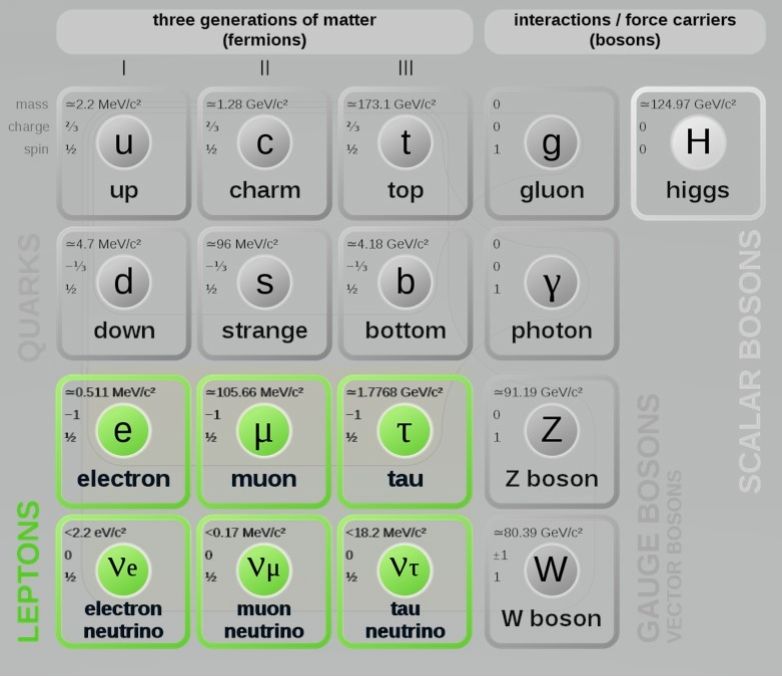 Lepton
Lepton
A lepton is a category of fermion . Leptons are elementary particles that are not affected by the strong interaction, but are affected by the other three fundamental interactions of electromagnetism, the weak interaction, and gravity. There are six types of leptons split into two classes, charged and neutral. The negative leptons are the electron , the muon , and the tau . The neutral, or neutrino leptons , are the electron neutrino, the muon neutrino, and the tau neutrino.
Next page
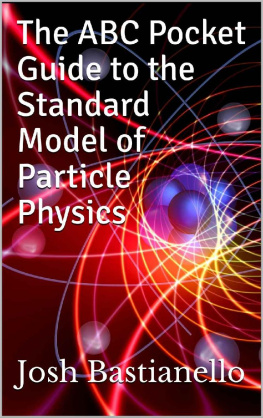
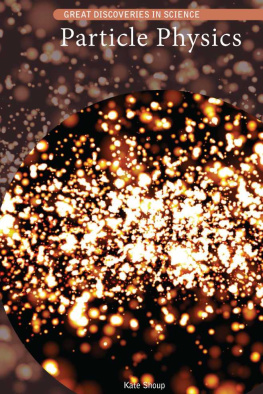
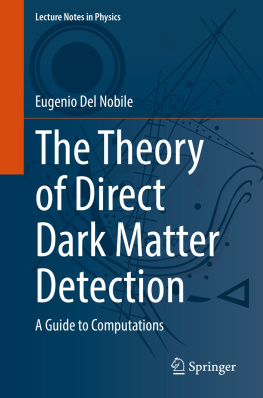
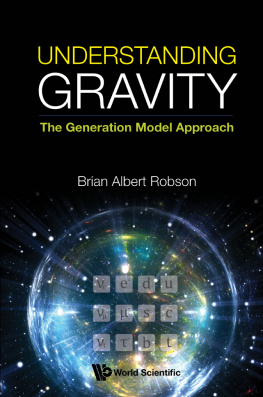

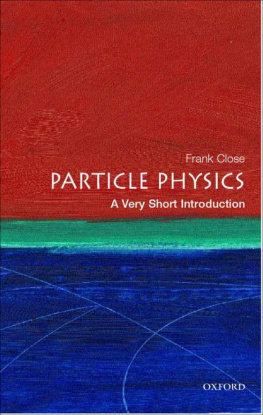
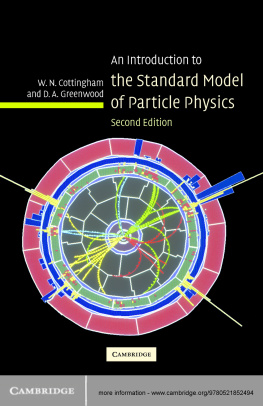
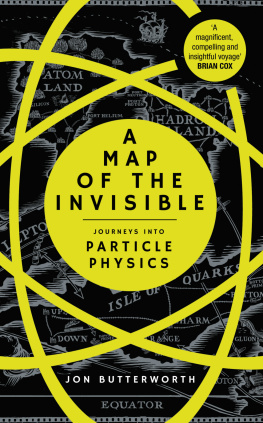

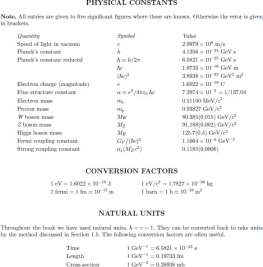
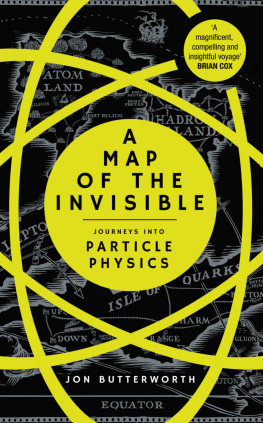
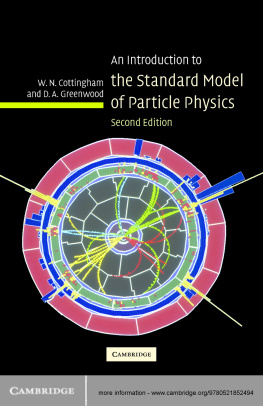





 Electron
Electron
 Fermion
Fermion
 Gluon
Gluon
 Higgs Boson
Higgs Boson



 Lepton
Lepton